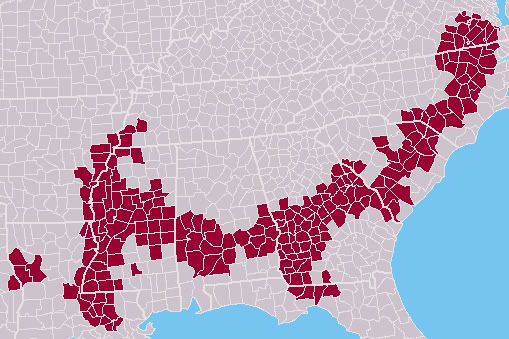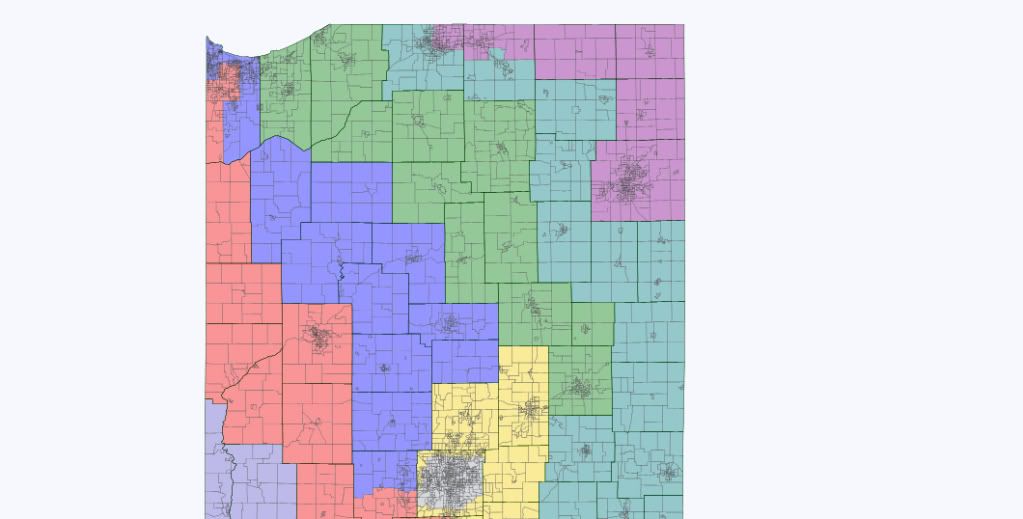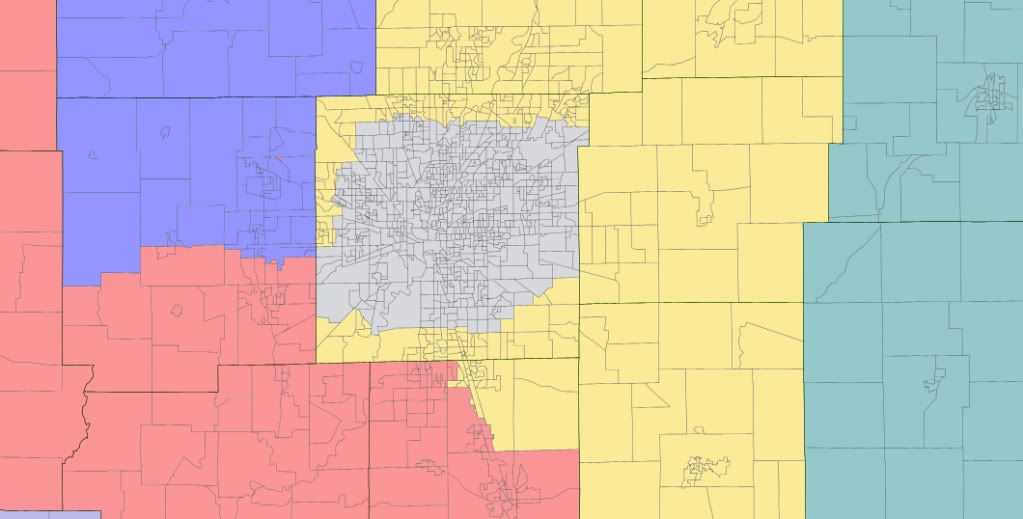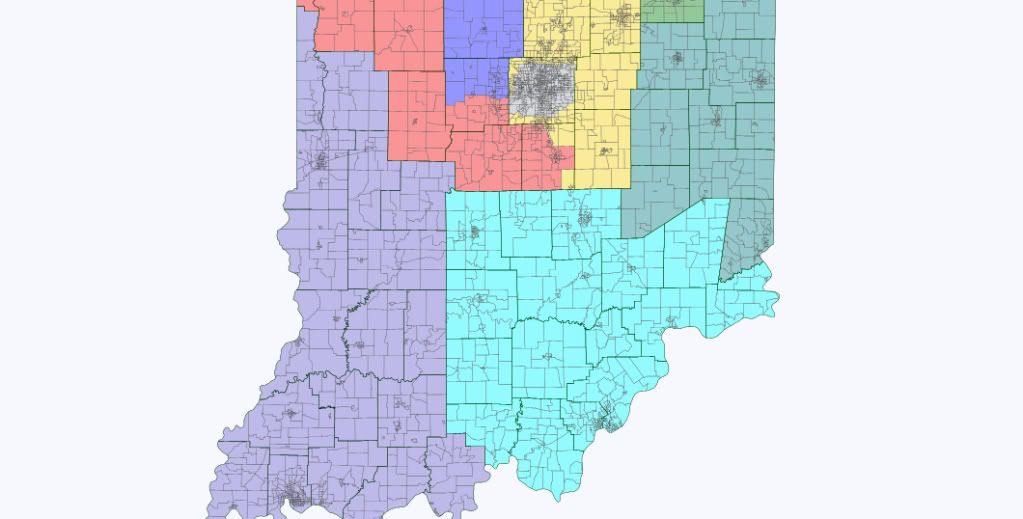Last week, I looked at why a 12-6 Republican map was most likely. This week, I’ll take a look at the converse – a 12-6 Democratic map.
Although a pretty heavily Democratic state, it is hard to create enough safe seats for Democrats in Pennsylvania. The reason is most Democratic votes are concentrated in Philadelphia. Under the strictest interpretation of the VRA, it may be required to keep PA-1 majority-minority, and PA-2 majority black.
For Pennsylvania, I’d argue that a safe Democratic seat needs a PVI of D+5. This is because the Republicans have been successful at holding down one D+4 seat all decade. It was hard to draw all the eastern suburban districts to meet D+5 and maintain the two Philadelphia districts as listed above, but after some work, I came up with a good map. Two democratic districts have a lower PVI than this because they are outside of the region, but are as Democratic as the situation allowed.

I didn’t pay particular attention to the location of Democratic incumbents, quite honestly. This map opens a lot of opportunities for Democrats, which I think outweighs any potential issues.
Details below

PA-1
Majority-Minority (46% white – forgot to write down non-white breakdown)
76% Obama, 24% McCain (D+22)
This district swings dramatically to the North, taking in somewhat swingy parts of northeast, and with an arm going into Bucks county to take in some Republican-leaning suburbs. Bob Brady doesn’t live here.

PA-2
Majority black (51%)
87% Obama, 13% McCain (D+33)
The district becomes based in south Philadelphia, and takes in some more Republican-leaning areas of the city. It’s still pretty Democratic however. Unfortunately, there are no lily-white highly Republican areas nearby I could have swapped in.

PA-3
58% Obama, 42% McCain (D+4)
One ugly district which draws in all the Democratic areas in the northwest and central portions of the state (State College, Johnstown, Erie, New Castle, Hermitage, etc). This was the best PVI that could be managed for the district without poaching on PA-14 to some degree (which I wanted to avoid). It should still elect a Democrat comfortably, given the PVI is calculated by Obama votes only, and he actually underperformed Kerry in certain parts of the district. That said, given the rightward drift of much of the region, I wouldn’t be surprised if the PVI becomes closer by the end of the decade. Still, Erie and State College are not turning to the right, so it’s hard to see the PVI slipping to less than even. Call it a Lean D seat.

PA-4
59% McCain, 41% Obama (R+13)
This is the first of the Republican voter sinks, drawing in most of the Republican areas in metro Pittsburgh. Technically, Jason Altmire is the incumbent here, but he might want to move to PA-14 (which is now vacant) which should be a safe seat for him. No Republican congressmen lives in the district, but it has a good deal of Tim Murphy’s old district, so he may decide to relocate.
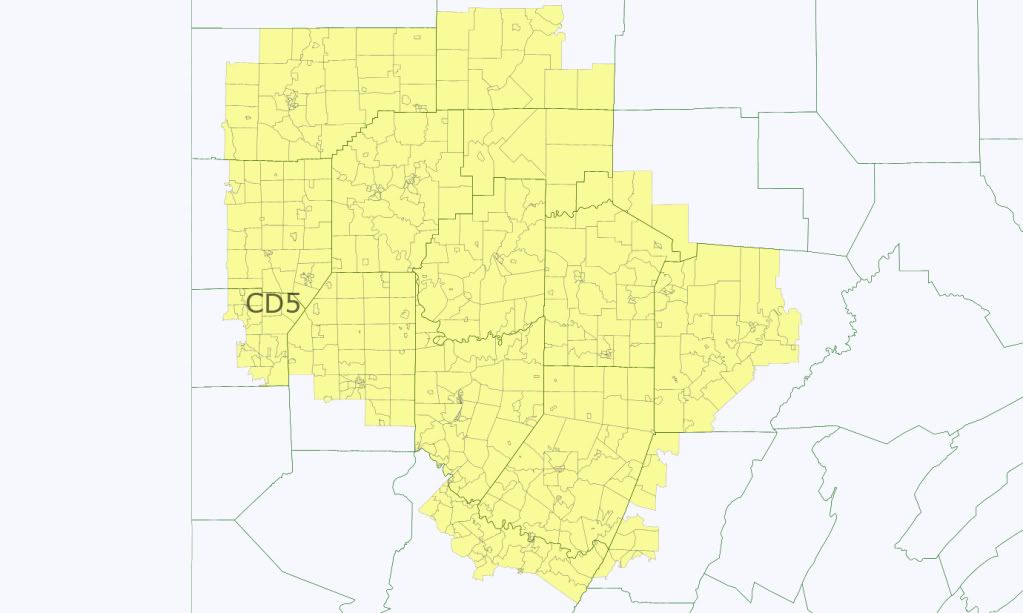
PA-5
60% McCain, 40% Obama (R+14)
This district absorbs Republican votes across a huge swath of Western Pennsylvania. Mike Kelly lives here (barely), and he’d be wise to run for this seat.
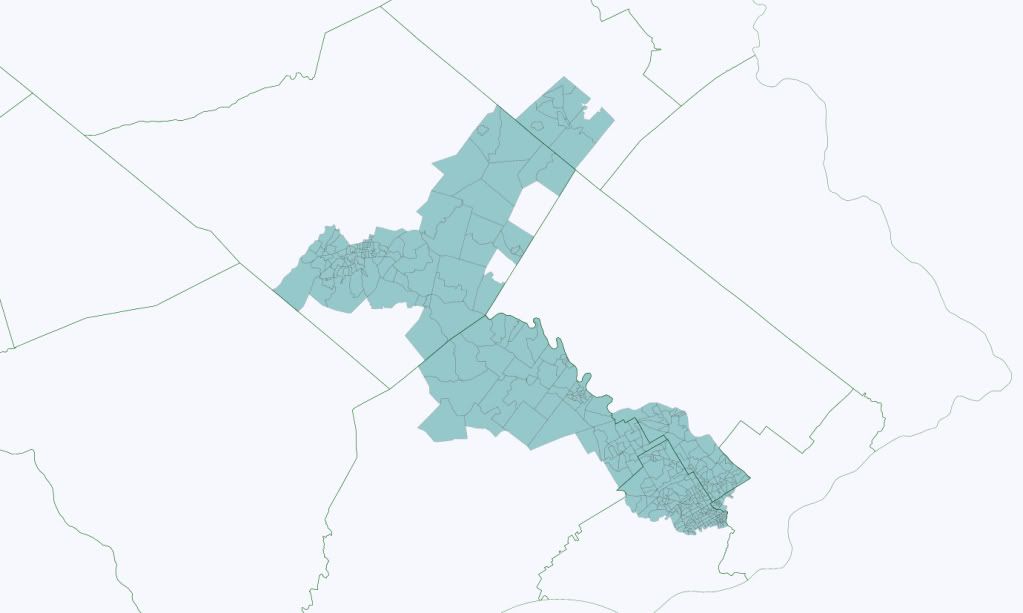
PA-6
59% Obama, 41% McCain (D+5)
The district is made more Democratic by a hair than Jim Gerlach’s old district. While it might not defeat him immediately, given the trends of the region, along with the close elections he faced in 2004 and 2006, he should lose the seat within two or three election cycles.
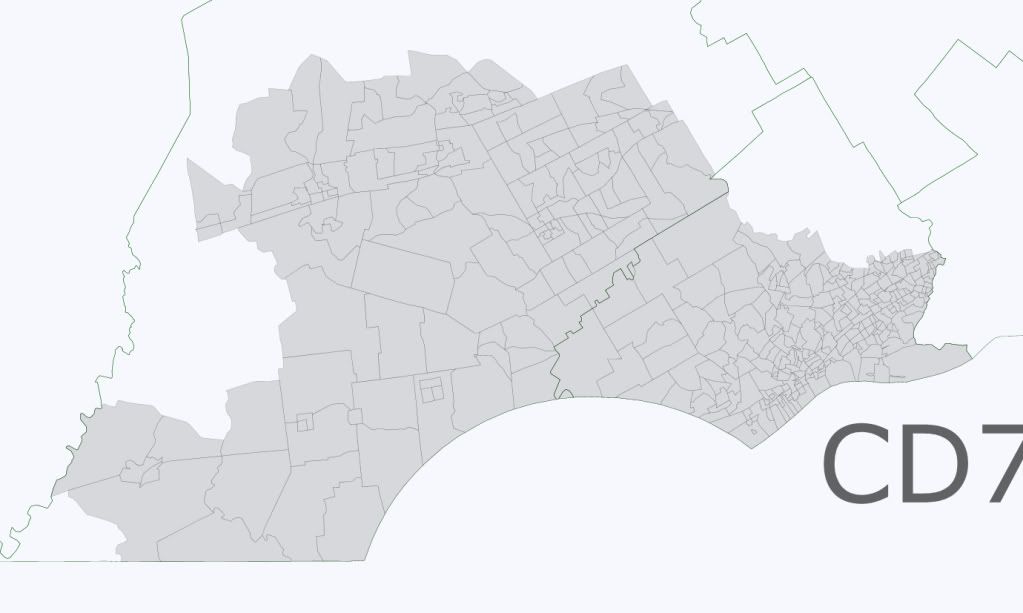
PA-7
59% Obama, 41% McCain (D+5)
The district draws in Democratic and heavily-black areas like Chester and Yeadon. Joe Pitts lives here, but it is much less Republican than his old district, so he will likely be forced into retirement. Pat Meehan lives just outside of the district now, in PA-6. Given he’s a freshmen and dealing with a bigger swing than Gerlach, I’d say he’ll lose the seat immediately if he ran.

PA-8
59% Obama, 41% McCain (D+5)
The district is made more Democratic by including some heavily-Democratic parts of Cheltenham and north Philadelphia. Mike Fitzpatrick’s days are numbered.
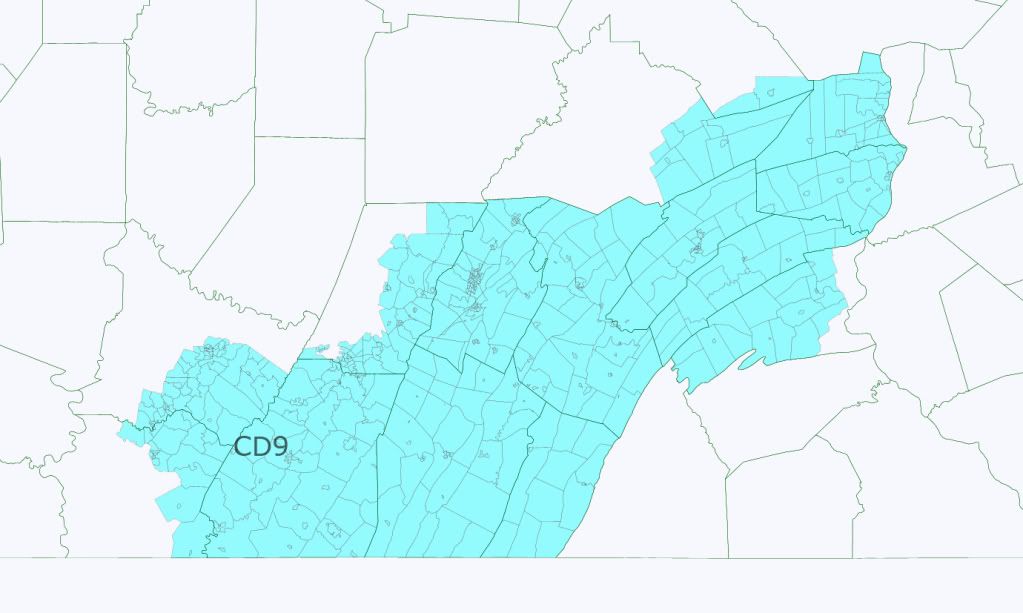
PA-9
63% McCain, 37% Obama (R+17)
Republican vote dump for the central Pennsylvania. Bill Schuster is welcome to this seat.
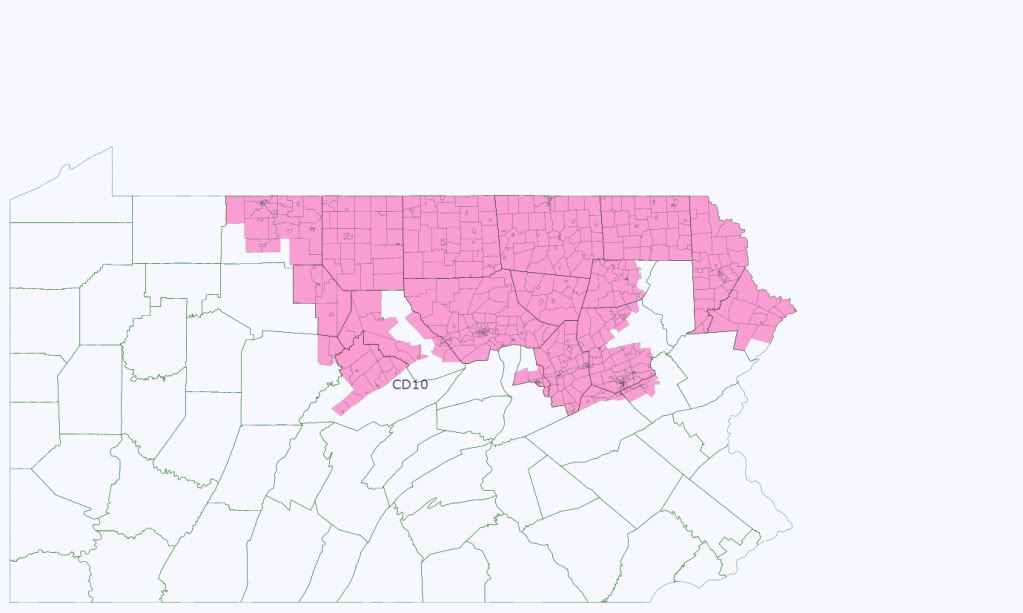
PA-10
58% McCain, 42% Obama (R+12)
This is the least Republican of their six planned seats, mainly because the eastern half of the district is pretty uniformly only narrowly Republican. Still, it’s a boost for Tom Marino, or Lou Barletta – whoever wins the primary.

PA-11
59% Obama, 41% McCain (D+5)
This district sheds much of the Wilkes-Barre area and instead takes on most of Northampton County, spitting Charlie Dent’s base in half. It should be a safe district for the right sort of Democrat.
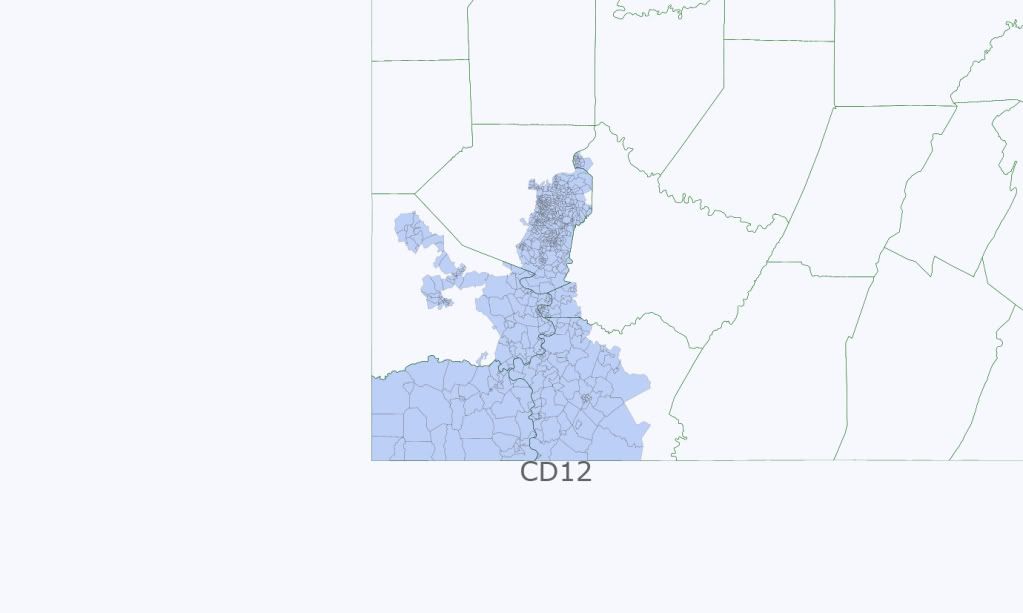
PA-12
59% Obama, 41% McCain (D+5)
The district is somewhat reconfigured. It continues to contain the more heavily-Democratic areas of rural southwestern PA down the mon valley, but also picks up Pittsburgh’s eastern suburbs, along with a few neighborhoods of Pittsburgh itself. Mike Doyle lives here, so I’m guessing he runs for this district rather than PA-14, which is only marginally more Democratic.
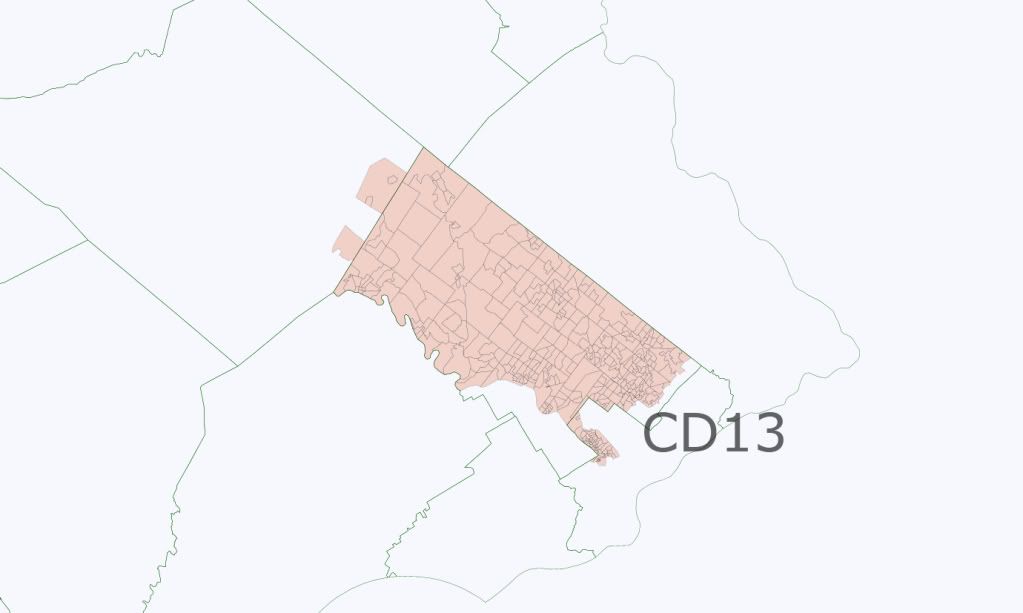
PA-13
59% Obama, 41% McCain (D+5)
Allyson Schwartz’s district becomes a little less Democratic, and becomes more exclusively focused on Montgomery county. She should hold down the slightly more swingy district with little trouble.
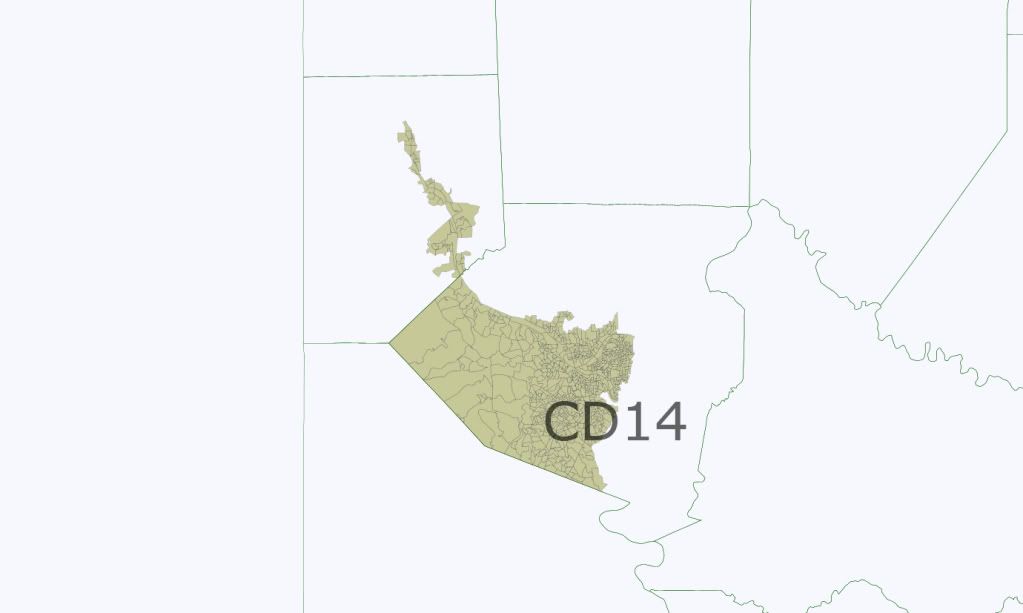
PA-14
61% Obama, 39% McCain (D+7)
The new PA-14 still contains most of Pittsburgh, but draws in swingy and Republican suburbs in the South Hills, and Democratic areas in Beaver County. I resisted attempting to even the PVI of this and PA-12 to D+6, because there was no way to do so without putting even more of Pittsburgh into the 12th, to minimal effect. No incumbent, but Jason Altmire would be smart to relocate here, and immediately position himself to the left.

PA-15
59% Obama, 41% McCain (D+5)
Charlie Dent loses over half his base, gets a slightly more Democratic district, and gets Tim Holden (and a fair portion of his old base) drawn into it. He’s toast.
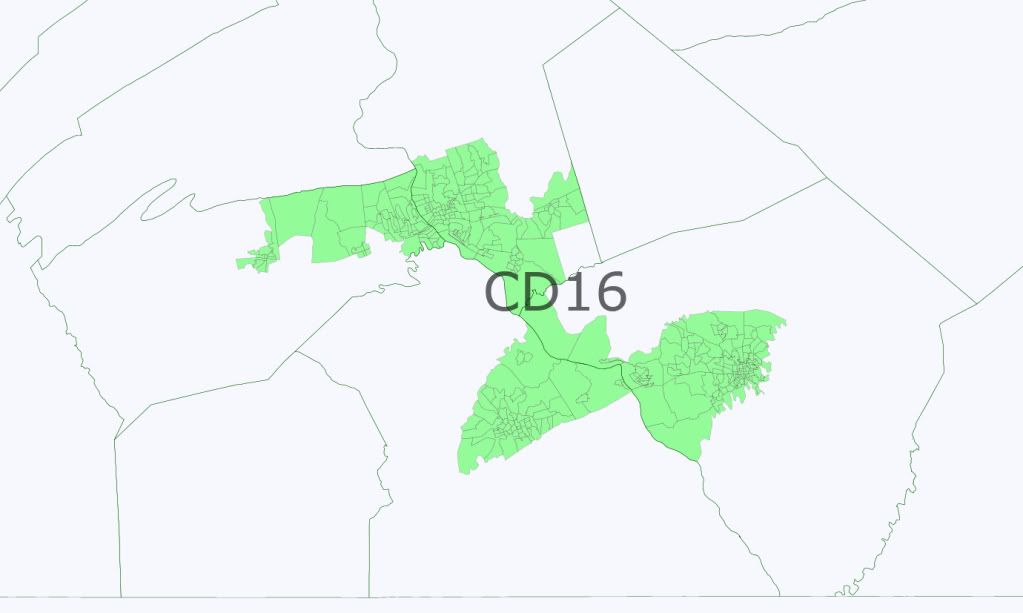
PA-16
55% Obama, 45% McCain (D+1)
All of the most democratic parts of York, Lancaster, and Dauphin counties are drawn into one district. The PVI is close enough there is no guarantee that the district will elect a Democrat. Indeed, PA-19’s Todd Russel Platts (who lives in York), is somewhat moderate and a good fit for the district ideologically). The district will only be getting bluer however, as minority immigration to York and Lancaster has been quite high. Thus it should be safely Democratic by the end of the decade – or sooner if an open seat.
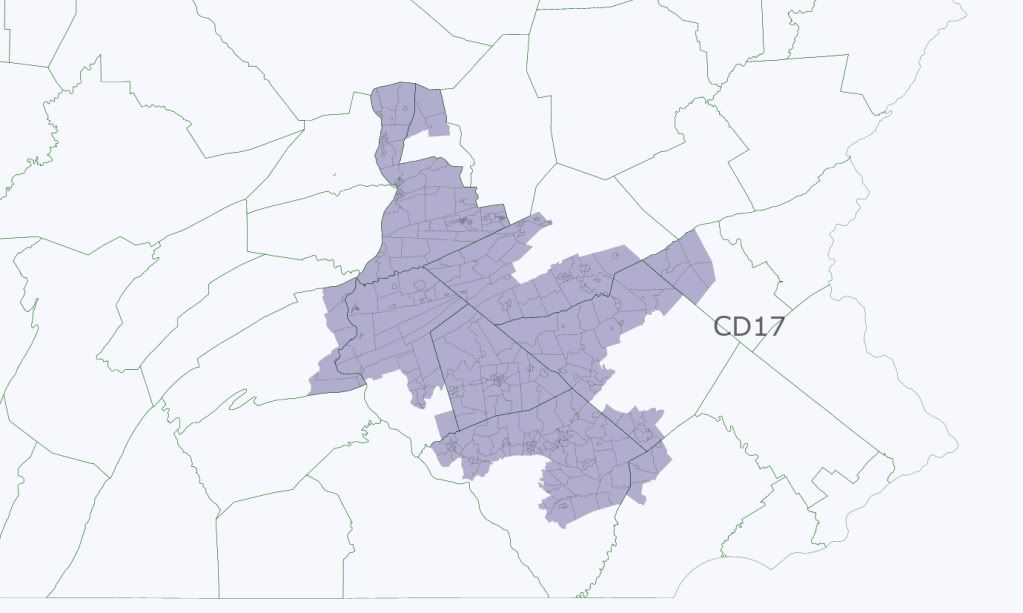
PA-17
61% McCain, 39% Obama (R+15)
An open Republican seat consisting of mainly the northern reaches of Pennsylvania Dutch Country and some mountains. The bulk of the district was actually represented by Tim Holden previously, and not only does no Republican incumbent live there, but none even represented a large portion. I’m unsure who would choose to run here.
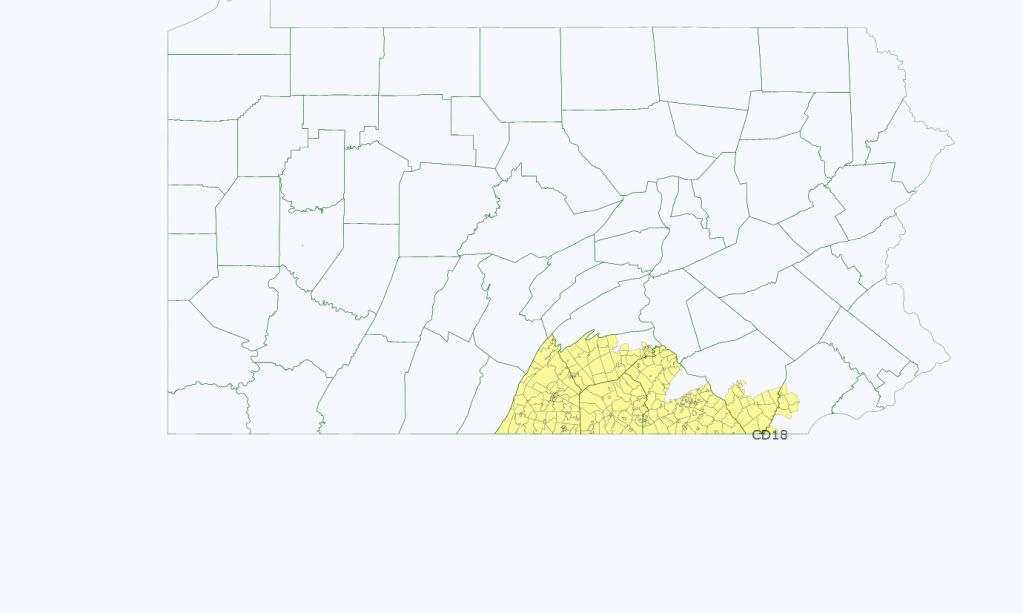
PA-18
63% McCain, 37% Obama (R+17)
The remainder of Pennsylvania Dutch country. Again, there is no Republican incumbent, although theoretically both Joe Pitts and Todd Russel Platts may show some interest in the district.
Later, I’ll show my compact redistricting plan for the state. Thoughts?



















